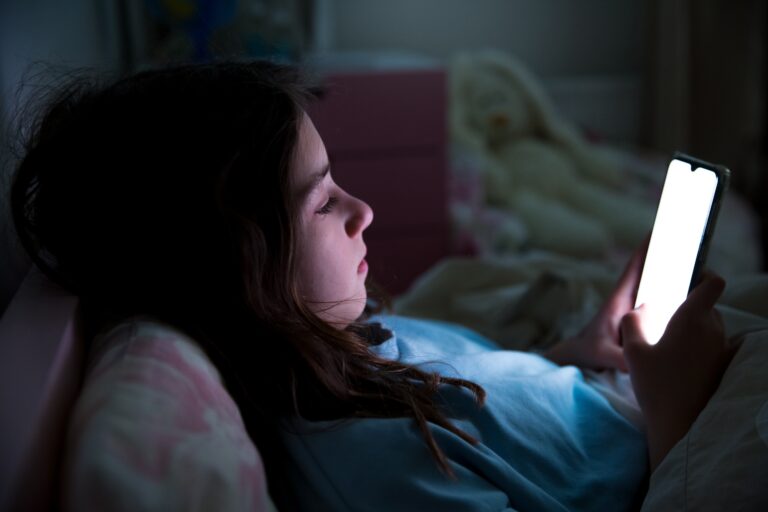Children Placing themselves at Risk by ‘Sexting’
Children who post sexualised pictures of themselves online (known as ‘‘sexting’) are unaware that they are being sold on to paedophiles and placing themselves at enormous risk of abuse.
Such photos are exchanged between children using social network sites such as Facebook and Snapchat. A recent study by the Association of Teachers and Lecturers showed that four in ten teachers were aware that their pupils were ‘sexting’. Snapchat works by children uploading pictures of themselves to share with others knowing that the image will then disappear within 10 seconds and therefore, believing it cannot be saved.
The majority of these children are unaware however that these images can in fact be captured and are being shared and broadcasted on social networks by hackers and criminals. Once a picture is in circulation it is very hard to be removed by the authorities even if they are aware of them.
Policing minister Damien Green has said that children need educating in primary school about the dangers of sharing explicit images with others. Without this knowledge children are placing themselves at risk.
Charity Internet Watch Foundation has stated that over 47 working hours it logged 12,224 sexual images or videos of young people that had been uploaded to the internet. Of these, 10,776 were later found on so-called ‘parasite’ websites. The charity also reported that in some cases pictures taken from social networks were being bundled together and sold on to paedophiles.
Click to see how we can help you claim compensation for child abuse claims.










